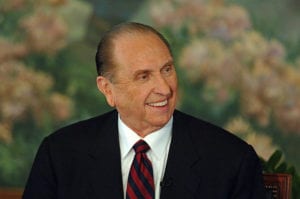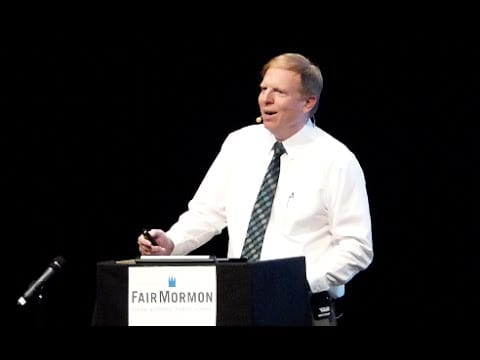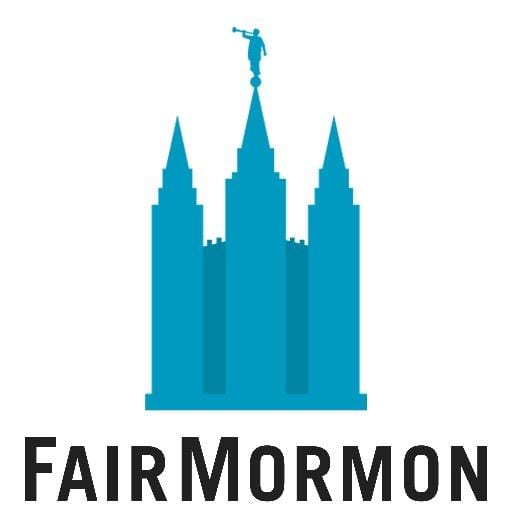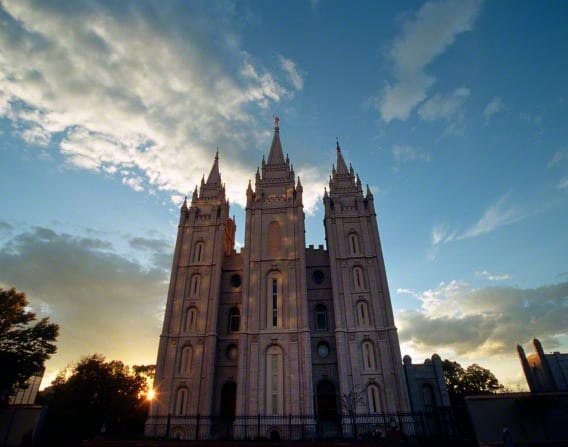
On January 3, the New York Times published the obituary for Thomas S. Monson, You can find that obituary piece here: https://www.nytimes.com/2018/01/03/obituaries/thomas-monson-dies.html. The piece was written by the Pulitzer Prize winning journalist Robert D. McFadden. I am sure that Mr. McFadden is an excellent journalist. This is what the New York Times says about him:
Robert D. McFadden is a senior writer on the Obituaries desk of The New York Times and the winner of the 1996 Pulitzer Prize for spot news reporting. He has covered many of New York’s major news stories in his more than 30 years as a reporter and rewrite man for the paper, and has earned a reputation as one of the finest rewrite men in the business.[1]
But, members of The Church of Jesus Christ of Latter-day Saints have been pretty upset about the tone of the obituary. Comments have been made that Fidel Castro and Hugh Hefner were painted in a better light than President Thomas Monson who dedicated his life to serving others. There have been numerous blog posts, Facebook posts, and articles discussing this. One example can be found in The Atlantic here: https://www.theatlantic.com/politics/archive/2018/01/mormon-prophet/549773/.
The outrage over the obituary is strong enough that on January 8, the obituary editor put out an explanation defending the article here: https://www.nytimes.com/2018/01/08/reader-center/thomas-monson-obituary.html. One can argue if the explanation helped or hurt their cause. The editor talks about covering the public Monson and not the private one. The public Thomas Monson was a man of service, not one of great controversy. Perhaps they are just not informed? That’s not a good position to take for a newspaper.
The New York Times is in the business of selling newspapers and selling advertising. While we all hope they treat a good man fairly, they have the right to take whatever tone they wish. Being a newspaper man before he became a Church official, I’m sure President Monson appreciates that. So, I will leave matters of tone for others to debate.
What I will address is the accuracy of the writing. I know the New York Times is concerned about accurate news reporting, and there are some serious factual errors in this story that should be corrected.
Here they are in the order they appear, not necessarily in order of importance.
- “Many Mormons faced sanctions for joining online forums questioning church positions on women’s roles.”
I am not aware of ANY Mormons who have faced sanctions for joining an online forum or for questioning the Church positions on women’s roles. They will need to give examples. We have thousands, and probably millions of members who belong to many forums. We have members who are advocates of women rights and roles who are faithful members. I know some who work in the Church Office Building. I know members who hold differing views on women’s roles, homosexuality, and many political and social issues. Kate Kelly is cited in the article—perhaps the author thinks she is an example of this, but Kate Kelly was not excommunicated for joining a forum or even questioning the Church’s positions. There is a difference between questioning and actively campaigning against the Church and its teachings. Kate Kelly did the latter.
- “As the 16th president of the Latter-day Saints, succeeding Gordon B. Hinckley, Mr. Monson faced another test when church members, increasingly scouring online sources, found apparent contradictions between historical records and church teachings, which the church regards as God-given and literally true.”
Perhaps I am nit-picking on this one, but I take some umbrage with the idea that since Gordon B. Hinckley apparent contradictions have been found. The Church has an exceptional history department and there are numerous conferences on Church history – including the FairMormon conference. We have been discussing these topics for years. Additionally, we aren’t fundamentalist evangelicals in that every doctrine and practice is directly from God. This would be especially true with items related to history and science which are full of discovery. Yes, we have divinely inspired teachings, but they typically don’t have anything to do with history.
- “Some critics, including the website OnceDelivered.net, which identified itself as an expression of the Baptist faith, said the Latter-day Saints church had previously contended that Smith had been happily married to only one woman, and said the new teaching had used Scripture to “address the inconvenient truth of Smith’s polygamy.””
There are two issues here: First, one has to question why the New York Times reporter sought out a Website that states, “Mormonism fits a classic definition of a cult” and “So, is Mormonism a cult? According to our definition, yes.” Most LDS would rightfully classify OnceDelivered.net to be an anti-Mormon Website. There are many Websites out there that attack Mormonism with little understanding of what we actually teach and believe. It seems odd that the New York Times would be quoting from one for an obituary.
Secondly, the claim that the Church of Jesus Christ of Latter-day Saints (the term Latter-day Saints church would be incorrect and is offensive to most Mormons which underscores the lack of source reliability) previously contended that Joseph Smith was married to only one woman is incorrect. Yes, there are critics who have falsely made that claim, but the idea of plural marriage is taught by Joseph Smith and is part of our scripture in Doctrine and Covenants section 132 which can be found online at https://www.lds.org/scriptures/dc-testament/dc/132. That section was written in July 1843. Another activity you can try is to go to the Official Church Website LDS.org and type “Plural Marriage” into the search box. Many of those articles listed were written prior to Thomas S. Monson becoming prophet. There are many books that talk about this. One of our FairMormon volunteers stated he has 40 – 50 books on his shelf that discuss this topic. It was one of the main topics of the Reed Smoot Hearings in congress from 1904 – 1907. There is no new teaching on this. Ask most New Yorkers if early Mormons practiced polygamy and they would say yes. Many probably believe we still do. To say that we taught otherwise would be unbelievable.
- “In recent years, the church allowed historians access to church documents and records to a remarkable degree. Some published their findings online and in printed volumes, although they were usually vetted by church leaders.”
Having worked extensively with Church historians and independent historians, I have NEVER heard of Church leaders vetting anything except what is posted on the official Church Website to represent their position. Just the opposite is true. The Joseph Smith Papers are being published in their entirety on the Church Website. I have had complete freedom to publish anything without any vetting or oversight. There are LDS History conferences that are attended by Church Historians and many controversial and difficult topics are addressed. FairMormon has a conference every year where we talk about Church history. No one has ever vetted our talks.
The New York Times Obituary on President Thomas S. Monson needs a retraction and a rewrite. I’m sure the Times is interested in accuracy. Not correcting the record looks mean spirited, or ignorant. Neither of those positions is something that most newspapers aspire to be.
Scott Gordon serves as President of FairMormon, a non-profit corporation staffed by volunteers dedicated to helping members deal with issues raised by critics of the LDS faith. He has an MBA from Brigham Young University, and a BA in Organizational Communications from Brigham Young University. He is currently an instructor of business and technology at Shasta College in Redding, California. Scott has held many positions in The Church of Jesus Christ of Latter-day Saints including serving as a bishop for six years. He currently serves as Ward Mission Leader. He is married and has five children.




